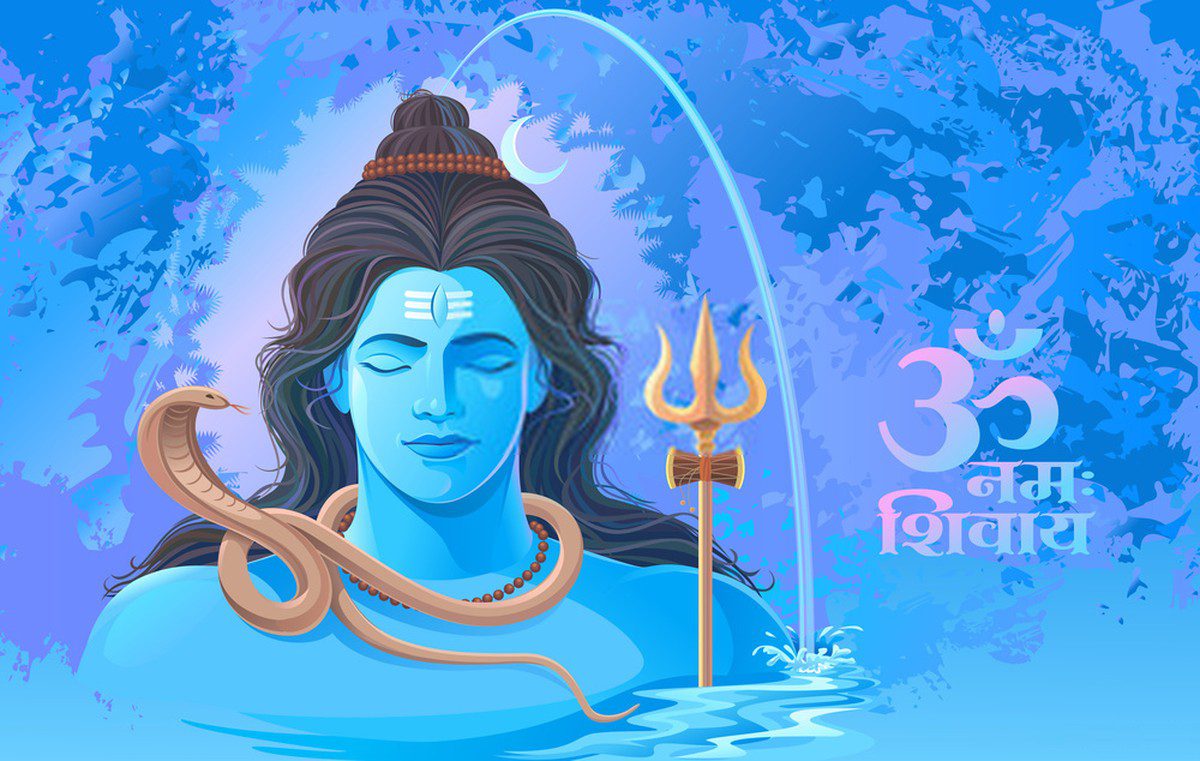Lord Shiva is the most enigmatic god in Hinduism. His iconography is full of elements like a snake, blue throat, Damru, river flowing through his head any many more.
Many people know about these elements being a part of Lord Shiva but aren’t aware of the legend, facts, and stories that are behind each one of them.
Nothing in the iconography of Lord Shiva is without a reason, legend and a story. And all of them are interesting and thought-provoking.
Let us look at the amazing stories about Lord Shiva in Indian tradition
1. The legend of Neelkanth, Blue Throat of Shiva

This is the most interesting story from the legend of lord shiva. Once upon a time when the ocean of milk was being churned by the devas and asuras. Both sides wanter to extract Amrit (nectar) to attain immortality.
However, into the churning process, there appeared a deadly poison known as Halahal. This poison had the capacity to destroy the entire universe.
Lord Shiva took it upon himself and instantly drank the entire poison. Goddess Parvati, his wife, caught hold of his neck to stop the poison from entering his body and so it remained in his throat making it blue.
Due to this legend Lord is also known as Neelkanth (the blue-throated lord) apart from many others. After all, he has the most number of legends and stories by his name.
You May Also Like: 9 Amazing Facts About Lord Shiva That You Didn’t Know Before Now
2. Lord Shiva and his association with cannabis
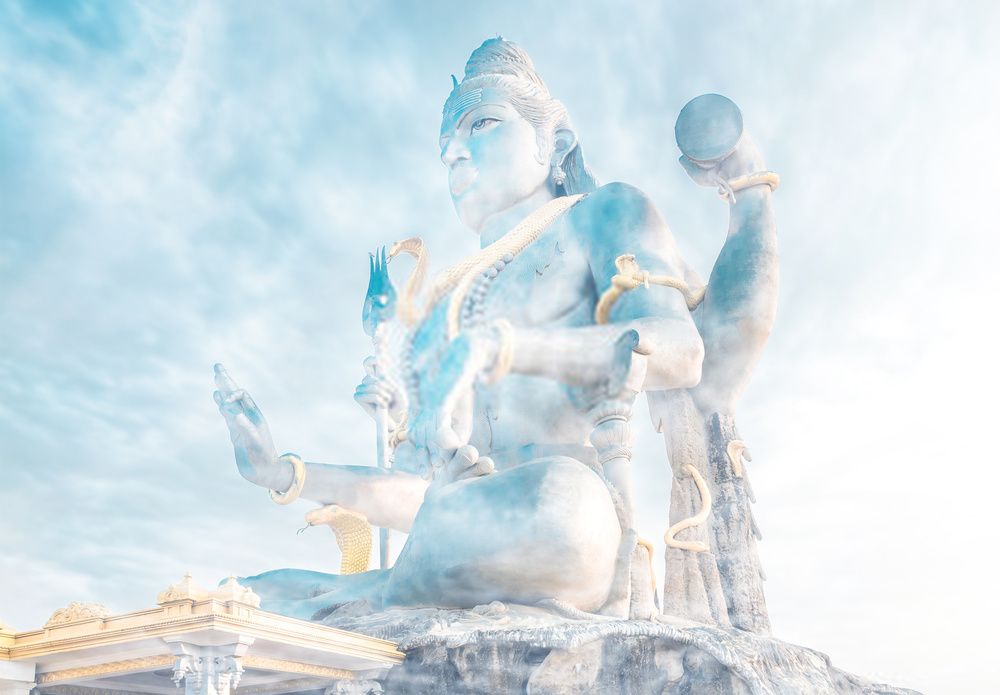
Lord Shiva is frequently associated with the cannabis plant, which is commonly known as Bhang in India. There are numerous legends behind this too.
According to one legend, Shiva wandered off into the fields after an angry discourse with his family. Drained from the family conflict and the hot sun, he fell asleep under a leafy plant, well the cannabis plant to be precise.
After Lord Shiva wakes up, his curiosity leads him to taste the leaves of the plant. Instantly rejuvenated, Shiva made the plant his favorite food.
Another legend that is related to milk ocean churning event of Devas and Asuras. When the ocean of milk was churned by the gods and the demons for acquiring the Amrit, the elixir of immortality, a drop fell on Mount Madra and a plant sprouted out from the drop.
The drink made from the leaves of the plant, Bhanga (cannabis) became a favorite of Shiva.
3. Lord Shiva’s cosmic dance, the Tandava
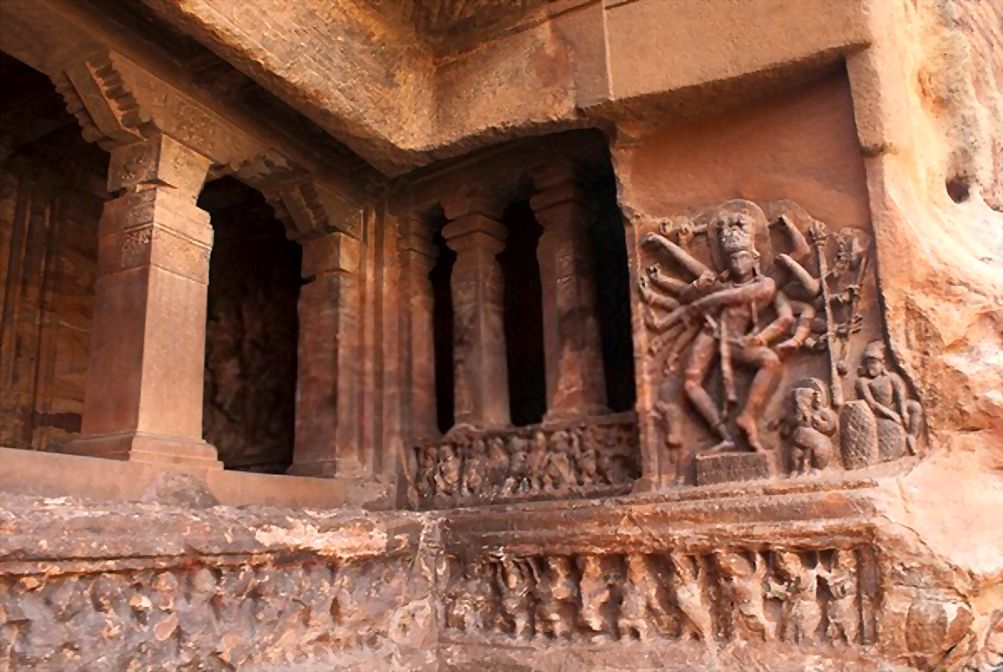
One of the interesting legends related to Shiva’s Tandava or cosmic dance goes like this: Once, the dwarf demon Apasmara challenged Shiva. Shiva transformed into Nataraja and performed the famous Tandava.
He managed to crush the arrogant Apasmara under his right foot. Since Apasmara should not die to preserve the balance between knowledge and ignorance, it is believed that Lord Shiva forever remains in his Nataraja form suppressing Apasmara for eternity.
His Nataraja avatar is a metaphor that ignorance can only be overcome by knowledge, music, and dance. Another legend holds that Tandava was the dance performed by Lord Shiva in response to goddess Parvati’s cosmic dance, Lasya.
The movements of goddess Parvati during Lasya are gentle and graceful whereas the movements of Lord Shiva during Tandav are vigorous and fearful.
Lasya is responsible for creation whereas Tandav is responsible for destruction, hence the two cosmic dances regulate the cycle of creation and destruction of the universe.
You May Also Like: Shiva Lingam, The Origin, and Reason Why Lord Shiva is worshipped in This Form
4. The snake around Lord Shiva’s neck, Vasuki
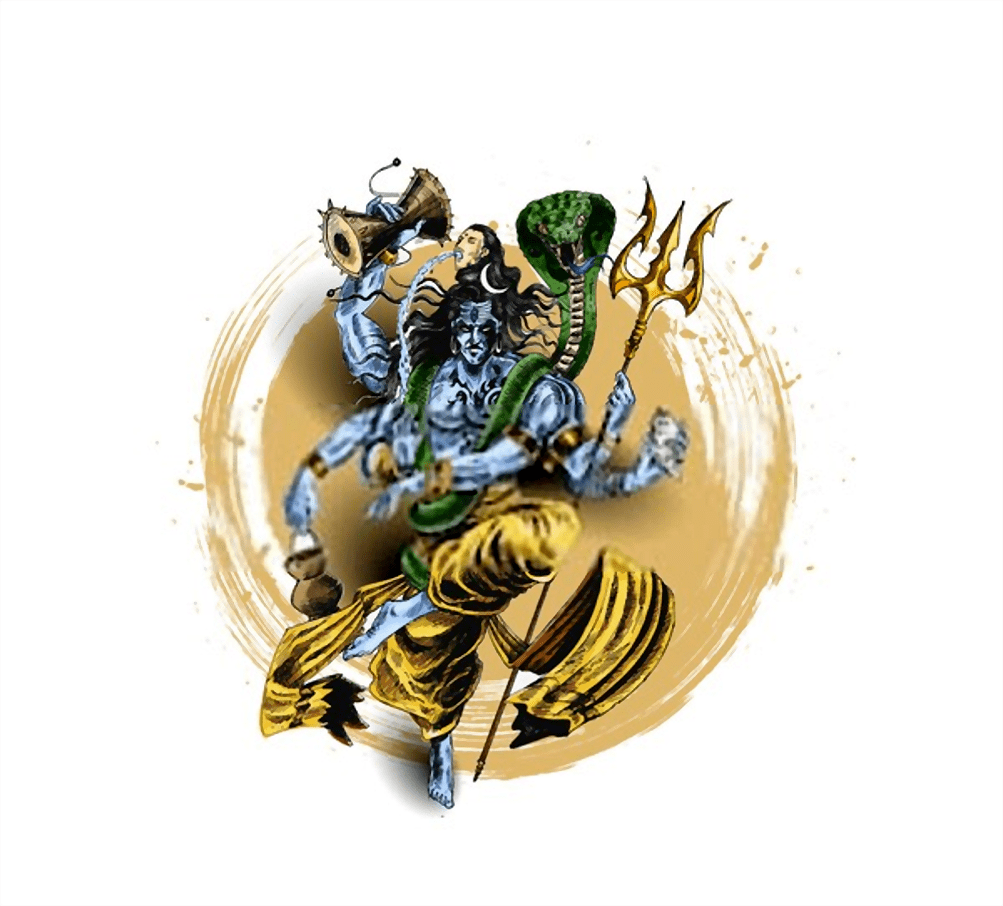
There is a story that when the snake species were in endangered, they approach Lord Shiva for Shelter. Lord Shiva gave them shelter by letting them stay in Kailasa.
But due to cold weather, the snakes used to approach Lord Shiva for the warmth of Body. Thus, He as a protector used to wore these snakes as an ornament to provide warmth.
There are numerous other stories and legends associating snakes and Lord Shiva. According to one, during Samudra Manthan, the churning of the ocean, Shiva drank a deadly poison.
It is believed that there were also some snakes in the water who did the same. Impressed by this act of snakes, Shiva accepted Vasuki (king of snakes) around his neck.
However, in another version of this story, the snakes helped Shiva keep the poison in his throat.
Another legend holds that the snake stands for desires. By wearing the snake around his neck, Lord Shiva conveys the message that he has overcome all desires.
Also, it is said that Shiva made ornaments out poisonous snakes and submitted it to Parvati as a gift. Snakes, especially cobras, are said to carry ‘mani’ (rubies) in their head that served as lamps during the night to Parvati and Shiva.
The snake has three rounds around Lord Shiva’s neck. Each round represents past, present, and future. This indicates that Lord Shiva is beyond time and controls it.
You May Also Like: Hindu Philosophy and Modern Science Amazing Similarities
5. The Moon on Lord Shiva’s head
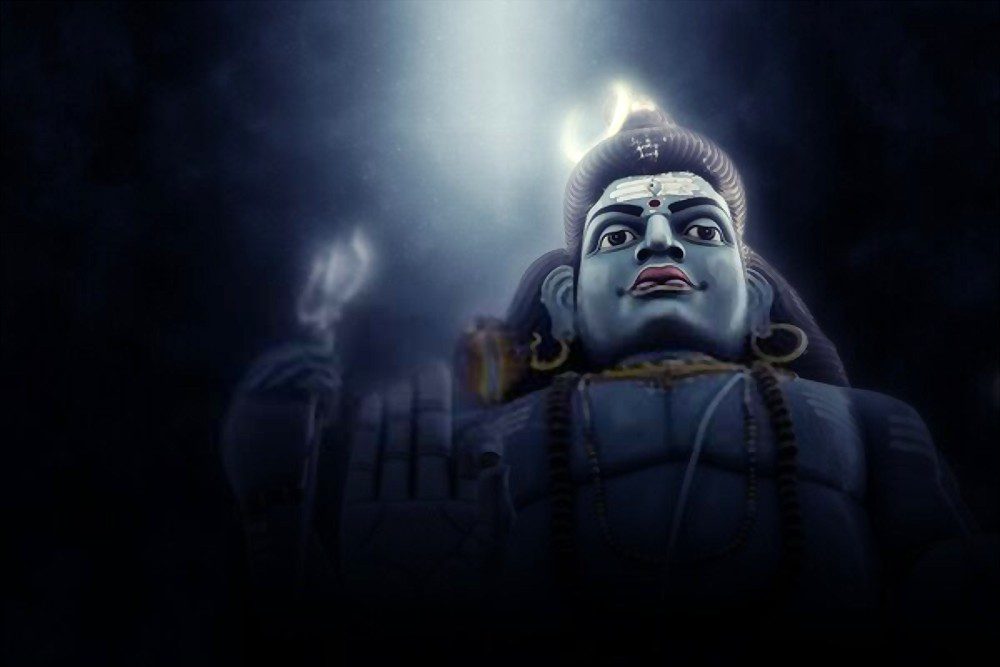
You may have noticed that in all iconography of Lord Shiva you may have noticed a moon on his head. There is a reason why this mighty lord is called Chandrashekhara.
The Moon-god Chandra married twenty-seven daughters of Daksha but paid attention to one wife only (Rohini).
Angered at Chandra’s attitude, Daksha cursed him that he would lose all his shine. Chandra went to Brahma who asked him to approach Lord Shiva.
After blessing Chandra, Lord Shiva personally kept him on his head from then onwards.
He made the moon to grow in size for 15 days and then get smaller for another 15 days. This is the reason given for the moon cycle and the full moon.
[rb_related title=”You May Also Like” total=”2″]
6. The story of Shiva and his association with the bull Nandi

Surabhi, the original mother of all the cows, began to give birth to a lot of cows. The milk of her offsprings of cows flooded Lord Shiva’s palace. Angered, Lord Shiva struck the cows with the fire from his third eye.
To pacify Lord Shiva, Indra Devta and other devas offered him a magnificent bull, Nandi the son of Surabhi and Kasyapa. From then onwards, Nandi became Lord Shiva’s vehicle and thus Lord Shiva became the bull-bannered Lord.
Nandi, Shiva’s bull is also considered the protector of all animals.
7. The Story behind Lord Shiva’s Trishul (trident) and three lines
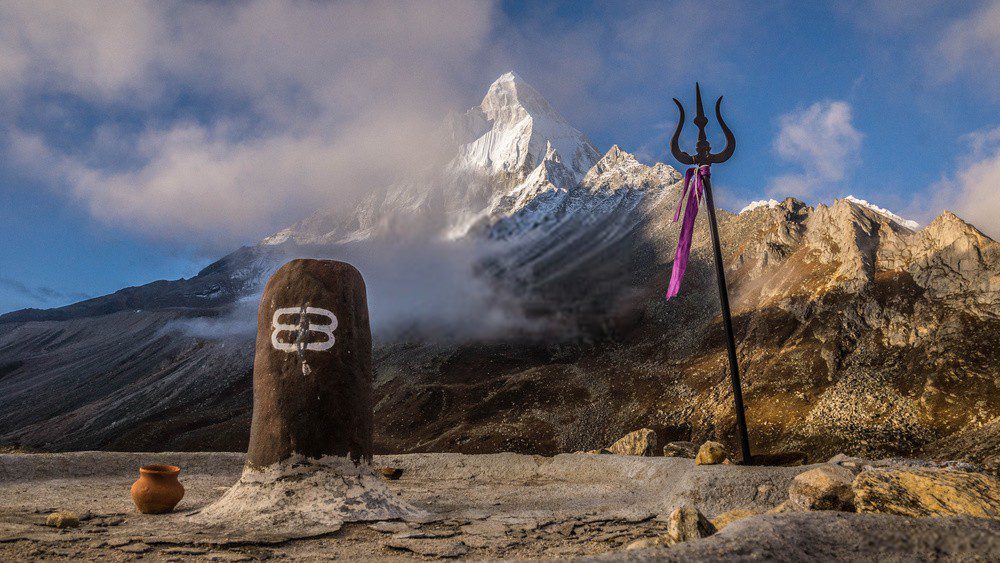
The trident of Lord Shiva (Trishul) actually signifies the three fundamental dimensions of life. They are- the inside world, the world around him and the vast outside world.
It parallelly conveys the fact that Lord Shiva is the master of the three material modes – Raja, Sattva, and Tamasa. He has complete control over these three modes of nature.
The first line represents Garhapatya fire and the deity Maheshwar. The second line represents Dakshinagni fire and the deity Sadashiva. The third line represents Ahavaniya fire and the deity Mahadeva.
The three lines on Lord Shiva’s forehead represent the destruction of three worlds.
8. The legend behind Lord Shiva’s ash smeared body
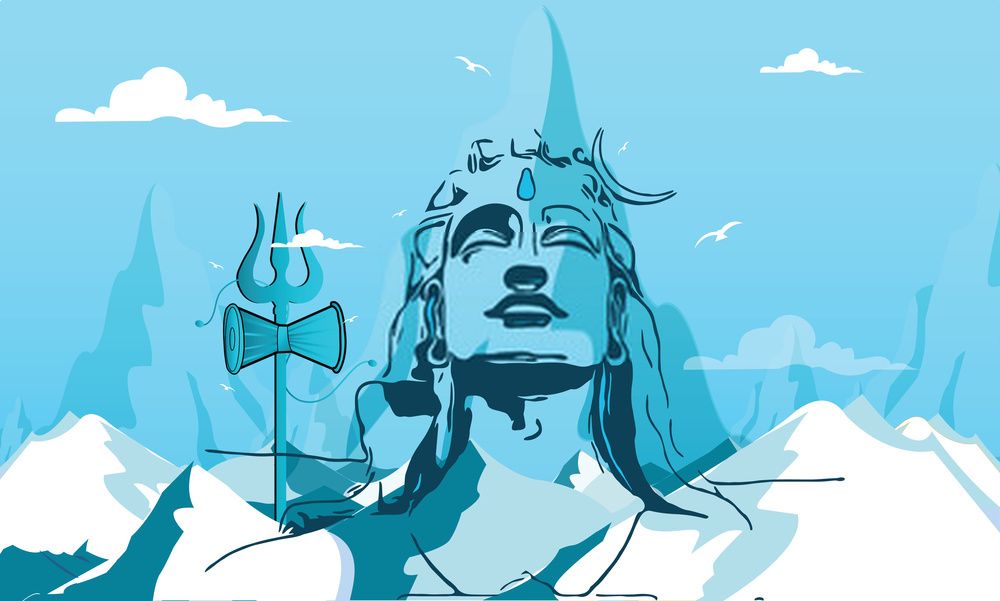
Lord Shiva smears his body with ash to remind his devotees about the imprudence of getting enthralled by physical beauty. Hindu devotees also apply Vibhuti traditionally as three horizontal lines across the forehead and other parts of the body to honor Shiva. Vibhuti smeared across the forehead to the end of both eyebrows is called Tripundra.
Lord Shiva’s ash smeared body adorns his spiritual supremacy.
The three horizontal stripes of ash on the forehead of Lord Shiva represent three memories. Ash projects the desires of a person. This shows how harmful desires are. The Dhananjay vital energy of every dead soul is made up of the absolute earth element (Prithvi) that surrounds the ash.
When a person is reborn this Dhananjay — vital energy re-enters the body. The frequencies emitted by ash are mostly a result of a painful death. The ash says, ‘Let go of ignorance. The physical body is not real’. The happiness derived from it is fake. Do not get trapped in it’. Human ash is applied to a jyotirlinga.
Vibhuti is another synonym for holy ash. It is used in Tantra to guard the directions or as self-protection. The holy ash is invoked with mantrâs and is then applied to the forehead of the child or the sick person. Ashes (Bhasma) of various kinds such as iron, gold, pearl, diamond, are also used in Ayurveda, the traditional medicinal practice.
9. The story of river Ganga flowing from Shiva’s head
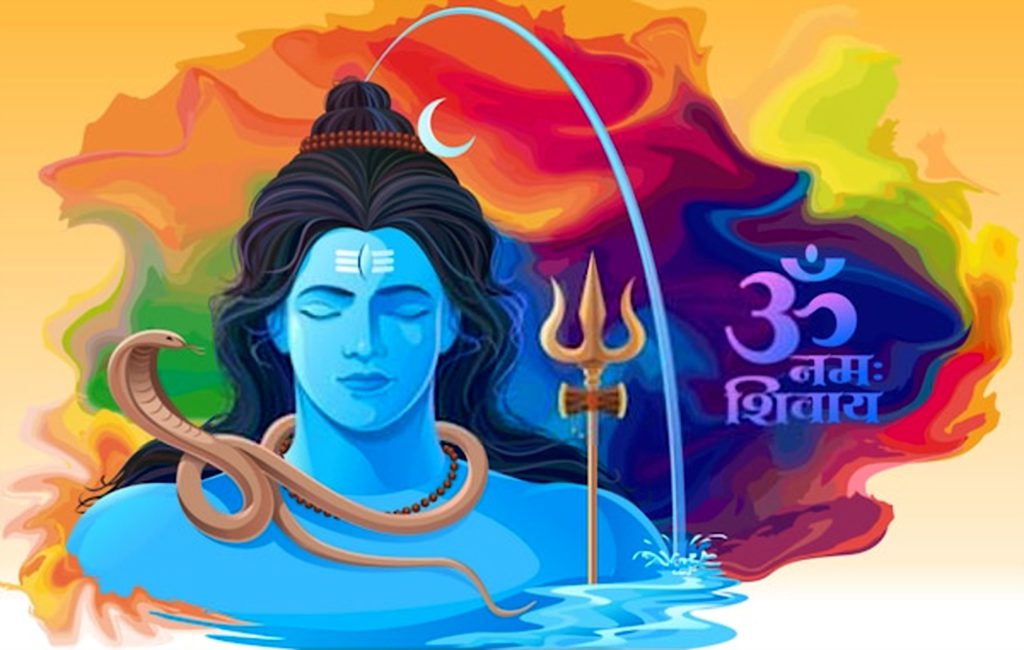
This interesting fact about Lord Shiva is comparatively less known. Once, Bhagiratha asked Brahma to bring the river Ganges down to earth to purify the souls of his ancestors and help them to attain nirvana.
Brahma asked Bhagiratha to seek favor from Shiva through Tapasya (Meditation), for only he could break Ganga’s landfall.
Ganga however, arrogantly flew down to earth but Shiva calmly trapped her back in his matted locks and let her out in seven streams.
These seven streams or tributaries are even today known as Bhagirathi, Janhvi, Bhilangana, Mandakini, Rishiganga, Saraswati, and Alaknanda.
She then followed Bhagiratha, who leads her to his ancestors and with her purity, released their souls.
10. The Story behind the Damru (Lord Shiva’s drum)
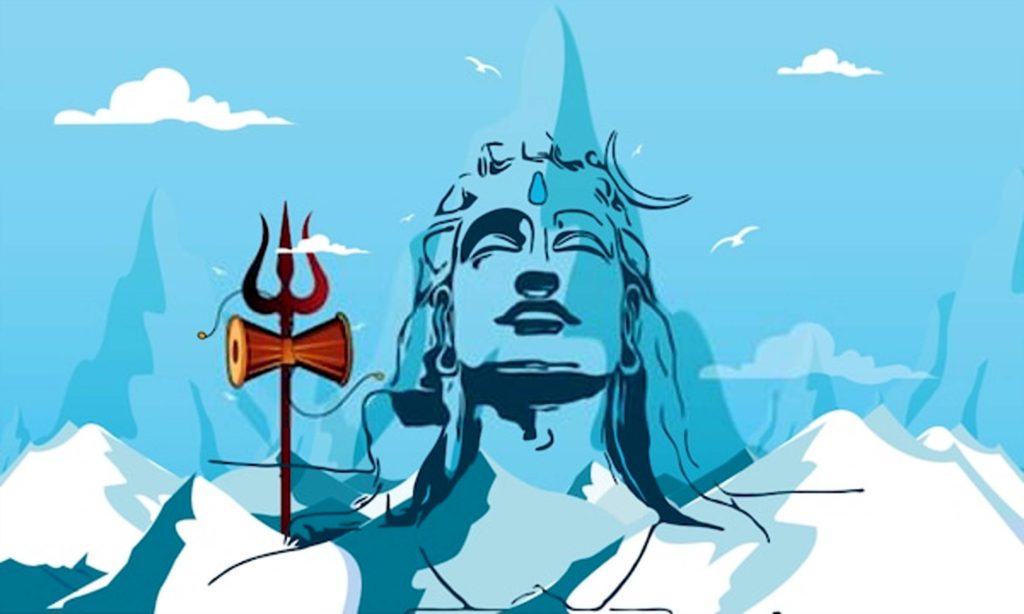
Damaru (Lord Shiva’s drum) adorns the sound which represents the words of Vedas and beats of Damaru generate spiritual energy.
Don’t forget to read about Maha Shivaratri.
